This project is brilliant, The Research Station has a display, which provides the aim of making the agriculture on Galapagos sustainable by 2050!
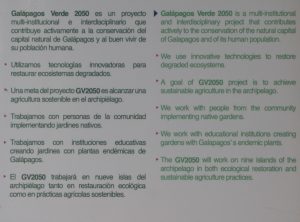
Working with farmers and the local communities, GV2050 is encouraging people to plant their gardens with native plants which have suffered extensive declines on the island.
There are plants that are endemic to the archipeligo that have seen extremely harsh declines:
Scalesia affinis, an endemic member of the Asteraceae (daisy family) has been pushed into the IUCN ‘Vulnerable Category’ due to the increase in non-native invasives in its natural habitat.
The Genus Scalesia contains 15 species and 6 subspecies. It is a fascinating plant, with different species occupying different vegetation zones. The different species range in size from 1m to 15m, and have taken on a woody tree-like character- ‘daisy trees’
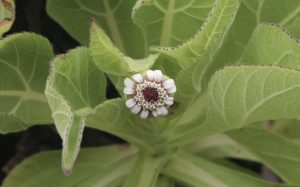
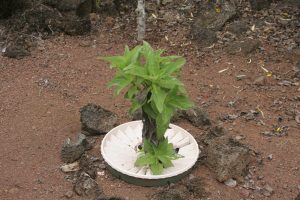
S. affinis grows at sea level to 600m, growing upto 3m tall. It is a pioneer of lava fields (Fitter, et al. 2007).
The closely related Scalesia helleri looks quite different, a little shorter, reaching 2.5m, with roughly oval, but heavily divided leaves.
The flowers are about 1.7cm in diameter, and have upto 100 individual flowers in the disc.
I watched bees and a large tailed skipper butterfy repeatedly visit a single flower head this afternoon.
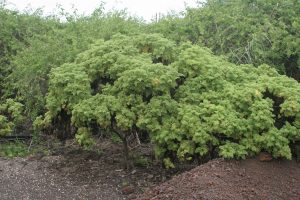
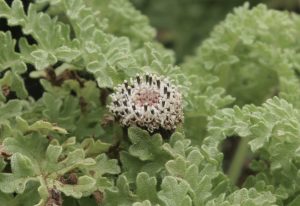
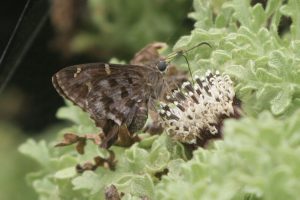
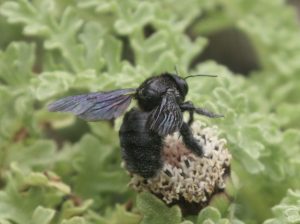
Besides the Scalesia, the project is encouraging planting a wide variety of appropriate endemic and native plants such as the glorybower (Clerodendrum molle) and trees and cactus.
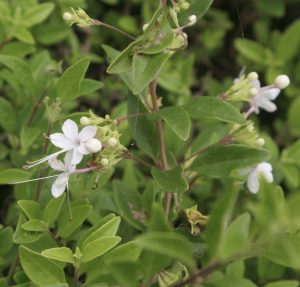
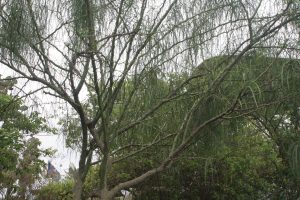
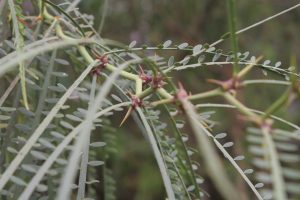
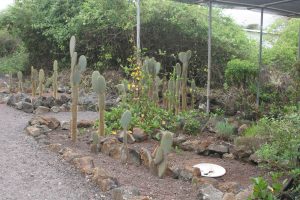
My favourite little plants grow outside my room. They are members of the acacia. The yellow in particular is very pretty and has a delicte compoud flower head.
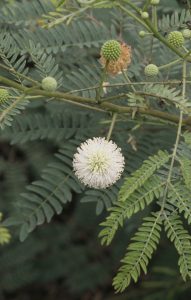
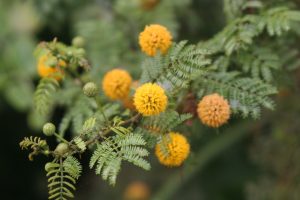
More to come tomorrow……
